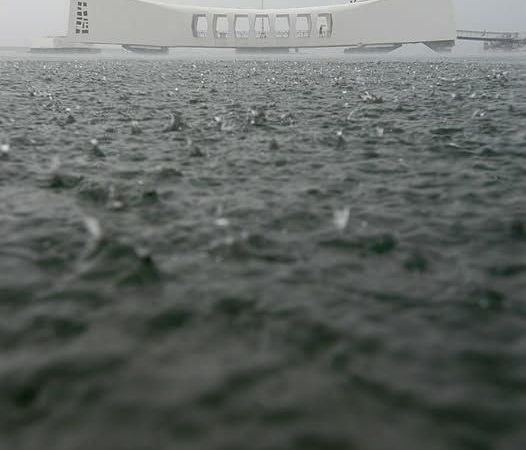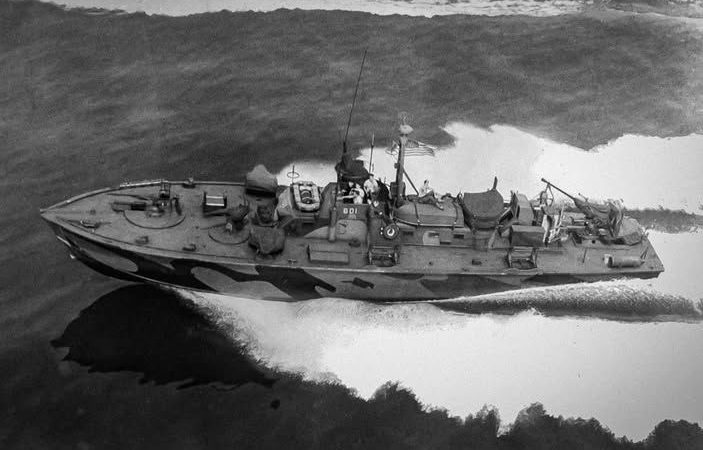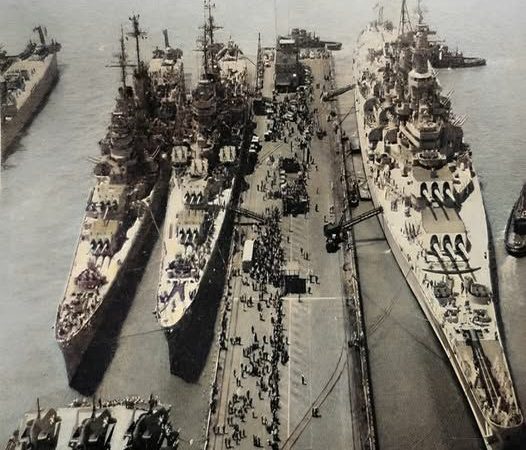USS Saint Paul (CA-73) in 1961: The Evolution of a Baltimore Class Cruiser
The USS Saint Paul (CA-73), a notable vessel in the United States Navy, exemplifies the evolution and adaptability of the Baltimore-class cruisers. Commissioned in 1944, the Saint Paul served with distinction during World War II, engaging in significant battles in the Pacific theater. However, by the 1960s, it underwent substantial modifications to transition into a modern fleet flagship, reflecting the changing needs of naval warfare.
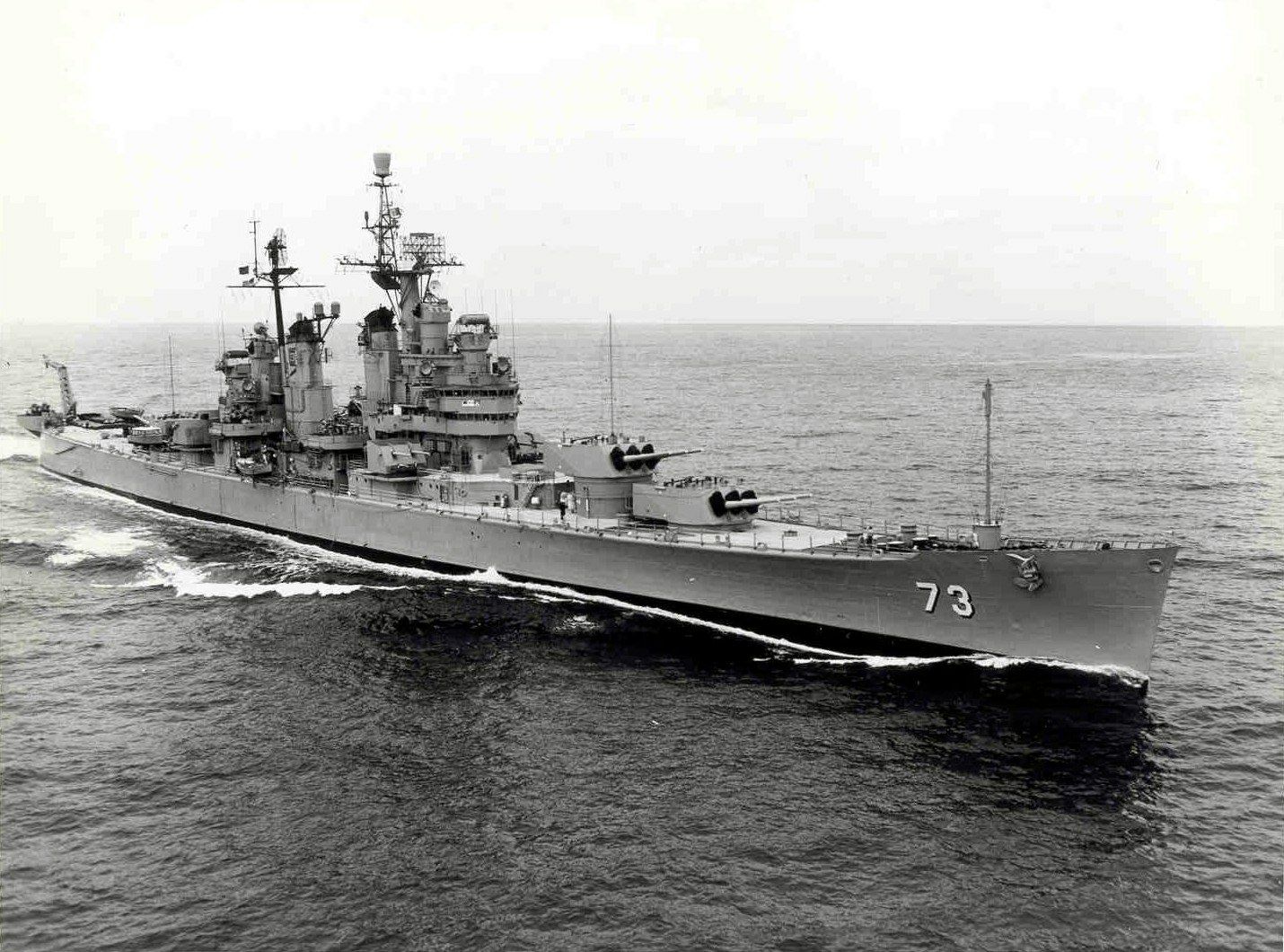
In the early 1950s, the USS Saint Paul was selected for an extensive refit aimed at enhancing its operational capabilities. This transformation was a strategic response to the evolving maritime landscape during the Cold War, where the emphasis shifted towards advanced technology and multi-role capabilities. Among the most notable changes was the removal of the No. 1 twin 5-inch/38 gun mount, a decision that marked a departure from traditional heavy firepower towards a focus on command and control.
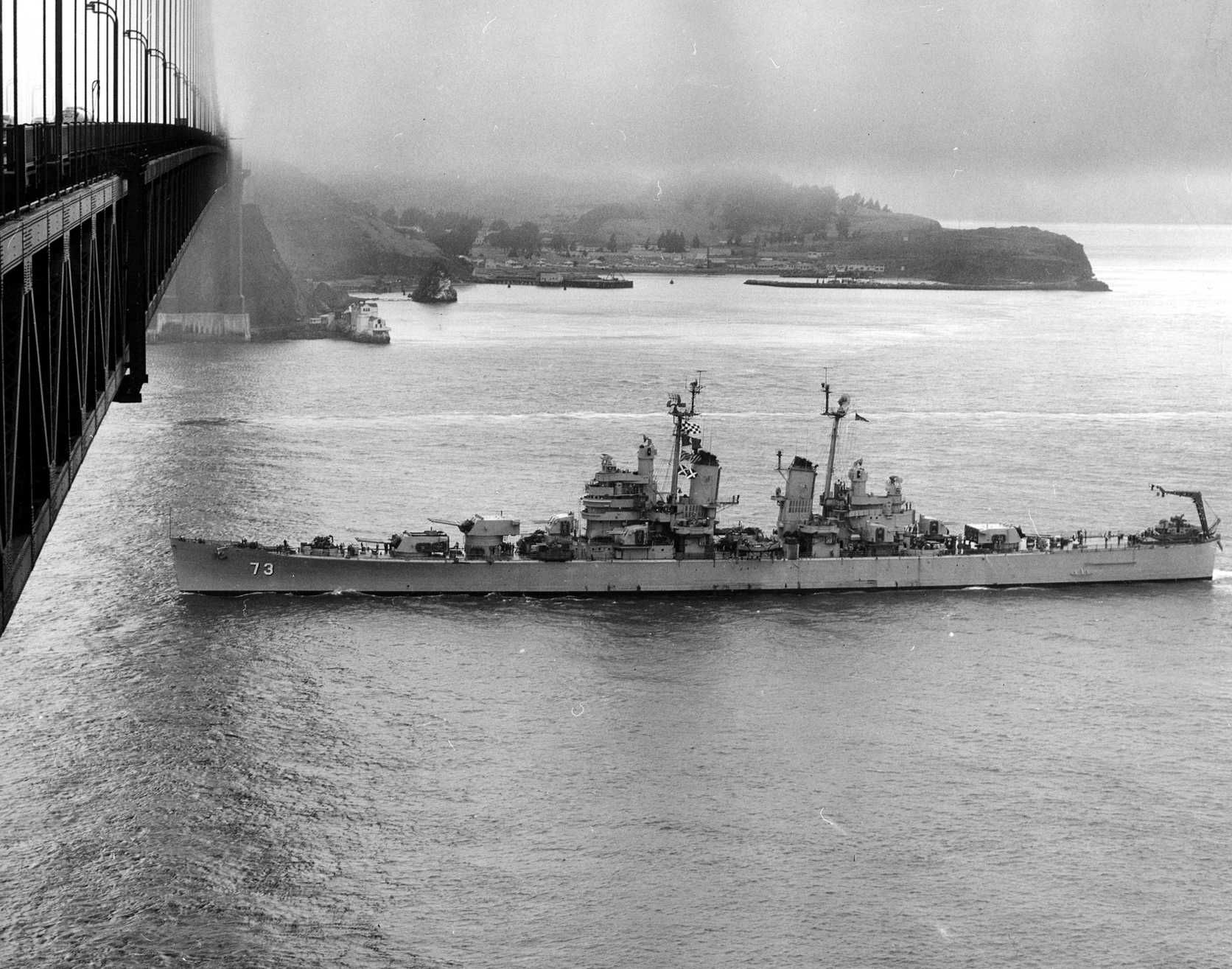
The installation of a heavy pylon foremast was a significant feature of this refit. This new structure was designed to accommodate a long-range air search radar, enhancing the ship’s ability to detect and track aerial threats. In addition, the incorporation of a lattice mast for the Tactical Air Navigation (TACAN) system allowed the USS Saint Paul to provide vital navigational assistance to aircraft operating in its vicinity, showcasing its role as a modern command ship.

By 1961, the USS Saint Paul was not just a cruiser; it had evolved into a critical asset for the U.S. Navy. Its updated systems and capabilities allowed it to serve as a flagship, commanding operations in various naval exercises and deployments. The ship’s design reflected the Navy’s shift towards integrated warfare strategies, where command ships were equipped with advanced radar and communication systems to lead fleet operations effectively.
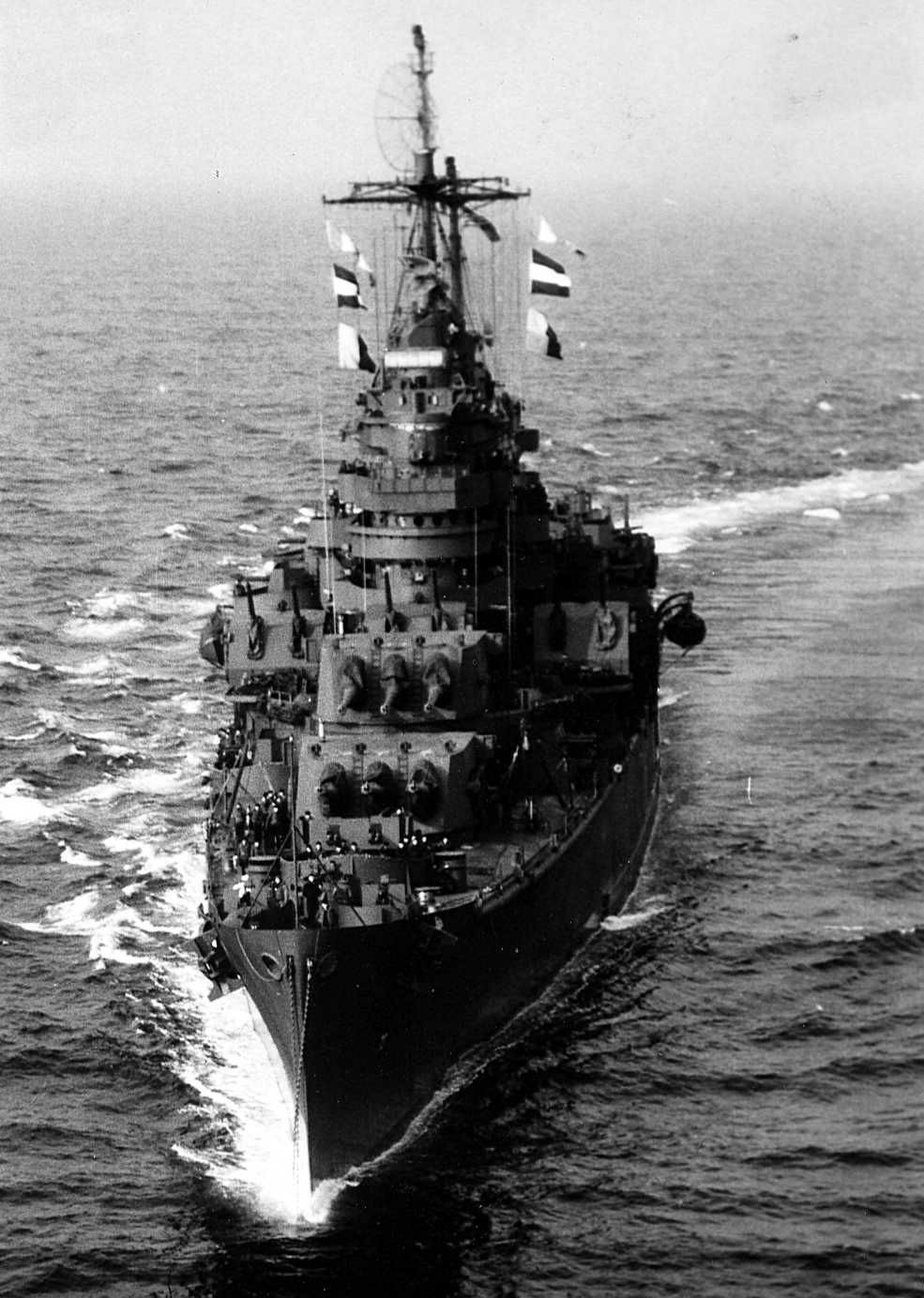
The evolution of the USS Saint Paul (CA-73) highlights the importance of adaptability in naval warfare. As technological advancements emerged, the Navy recognized the need to upgrade its vessels to meet new challenges. The refit of the Saint Paul serves as a testament to the Navy’s commitment to maintaining a modern fleet capable of addressing the complexities of mid-20th-century maritime conflicts.
The USS Saint Paul (CA-73) in 1961 represents a significant chapter in the history of the Baltimore-class cruisers. Its transformation from a World War II battleship into a fleet flagship demonstrates the Navy’s foresight in adapting to the demands of modern warfare. The ship not only played a vital role in its time but also set the stage for future developments in naval ship design and operational strategy.

